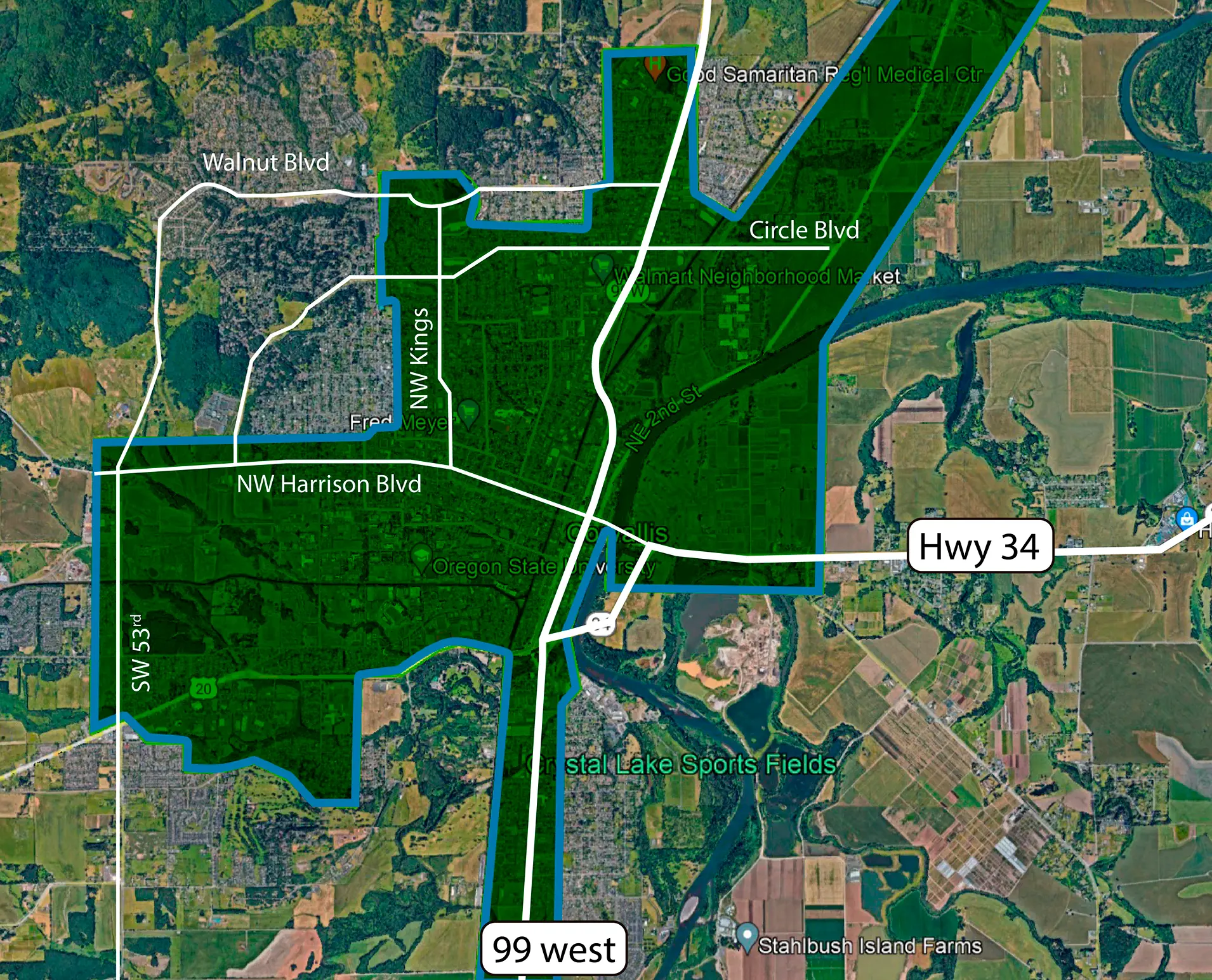What Is Latency?
Latency is the measurement of time between a user’s action on a terminal (hitting “enter”) and the resulting response from the cloud. In the simplest terms, latency describes the amount of delay on a network or internet connection. Low latency implies that there are no or almost no delays. High latency implies that there are many delays.
If high latency means more delays, you want as little of it as possible. How little are we talking? The measurement of latency is calculated in milliseconds. Just 150 milliseconds of latency – a delay of less than 2 tenths of a second – can result in poor network performance.
There are many components that can contribute to high latency, and if you’re experiencing it, consider looking into your type of internet connection. That’s where the problem likely lies.
How Does Latency Affect Productivity?
Today’s businesses are reliant upon cloud applications to tackle mission-critical tasks. Salespeople are videoconferencing to sell products to remote clients. Coworkers are communicating across distributed worksites. And frontline and back-office staff depend on cloud-based management tools to access information, share files, and perform business processes. High latency will slow these processes down – creating inefficiencies that negatively affect employee engagement and productivity. In fact, research by Sandisk shows that slow technology can cost one week in worker productivity per year.1
Having a low latency connection is no longer a nicety in today’s world – it’s an absolute must to keep these essential business functions going.
How Does Latency Affect IoT?
The internet of things (IoT) – the interconnected devices we use for personal and business tasks – is highly dependent on the fast transfer of information. For example, internet-connected monitors that patients and doctors use to track heart rates, glucose levels, and symptoms of some conditions require low latency to send information without delay. In many instances, a delay of a few seconds could be life-threatening if a patient worsens or their vitals become dangerous.
This does not just apply to the healthcare industry. IoT-related lag affects industries of all kinds that need these connected tools to stay online and responsive.
How Does Latency Affect Bandwidth?
Latency can have a serious impact on the effectiveness of your bandwidth and your business. Bandwidth is a measure of how much information is being sent across a network, and high latency can offset the effectiveness of a high-bandwidth connection because these packets of information take longer to respond and clog the network. It’s not uncommon to attempt to offset latency problems by simply purchasing more bandwidth. However, without solving the underlying latency problem, these purchases are unnecessary, and you can continue to experience the same lagging speeds even after you buy more bandwidth.
How Do You Solve Latency Issues?
Before you spend money on more bandwidth or faster speeds, consider upgrading your internet connection to fiber.
A dedicated business fiber internet connection eliminates many of the latency issues that users experience with alternative connectivity options, such as shared networks or copper infrastructure.
Are You Ready to Learn More?
Contact us to find out how business fiber through LS Networks can improve your bottom line and business productivity.
Sources:






